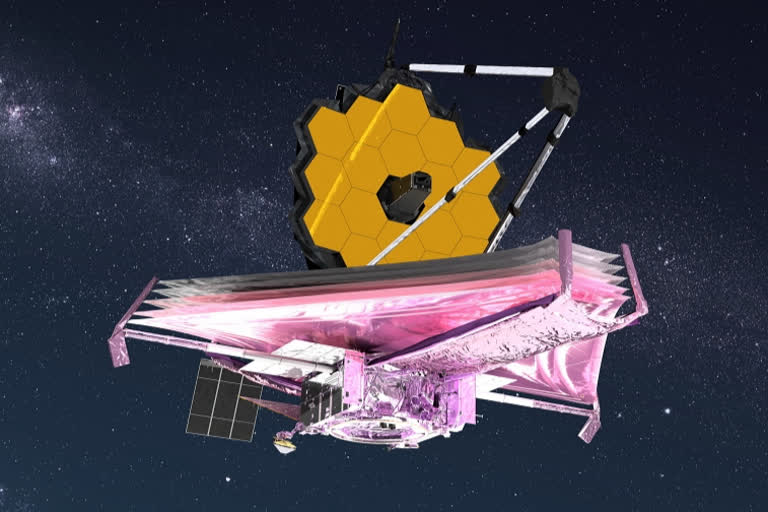Washington (US):NASA's James Webb Space Telescope, which was launched in December 2021, is working successfully. On March 11, the Webb team completed the stage of alignment known as "fine phasing." At this key stage in the commissioning of Webb's Optical Telescope Element, every optical parameter that has been checked and tested is performing at, or above, expectations.
No critical issues and no measurable contamination or blockages to Webb's optical path have been found by the team. Also, the observatory is able to successfully gather light from distant objects and deliver it to its instruments without issue.
Although there are months to go before Webb ultimately delivers its new view of the cosmos, achieving this milestone means the team is confident that Webb's first-of-its-kind optical system is working as well as possible.
Talking about the same, Thomas Zurbuchen, associate administrator for NASA's Science Mission Directorate in Washington, said, "More than 20 years ago, the Webb team set out to build the most powerful telescope that anyone has ever put in space and came up with an audacious optical design to meet demanding science goals. Today we can say that design is going to deliver."
While some of the largest ground-based telescopes on Earth use segmented primary mirrors, Webb is the first telescope in space to use such a design. The 21-foot, 4-inch (6.5-meter) primary mirror - much too big to fit inside a rocket fairing - is made up of 18 hexagonal, beryllium mirror segments. It had to be folded up for launch and then unfolded in space before each mirror was adjusted - to within nanometers - to form a single mirror surface.
"In addition to enabling the incredible science that Webb will achieve, the teams that designed, built, tested, launched, and now operate this observatory have pioneered a new way to build space telescopes," said Lee Feinberg, Webb optical telescope element manager at NASA's Goddard Space Flight Center in Greenbelt, Maryland.
